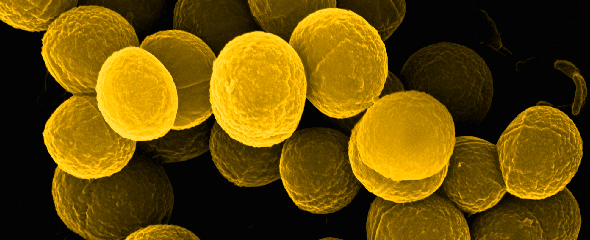“Mupirocin is a highly effective antibiotic against methicillin-resistant Staphylococcus aureus (MRSA). However, this drug is rapidly inactivated by proteins in the blood and, therefore, can only be used for local application,” says Prof Eva Medina, head of the research group “Infection Immunology” at the HZI. Previous investigations have already shown that mupirocin can be packaged into lipid-based nanoparticles, called nanoliposomes. The current study from Medina’s research group, in cooperation with a group at The Hebrew University of Jerusalem, Israel, led by Prof Yechezkel Barenholz, investigates whether this nanoliposomes carrying mupirocin (nano-mupirocin) can be used for the systemic treatment of MRSA infections. The researchers showed that encapsulation into nanoliposomes protects mupirocin from inactivation by the blood proteins and were able to detect the active antibiotic in infected tissue after systemic application. Furthermore, they demonstrated that, in contrast to free mupirocin, nano-mupirocin can be used successfully for the treatment of invasive MRSA infections in a mouse model. “The liposomal packaging improves the pharmacological properties of mupirocin and makes it an excellent candidate for systemic treatment of MRSA infections. Thus, a major limitation of this antibiotic has been overcome,” says Dr Oliver Goldmann, researcher in Medina’s group and first author of the study. Further experiments are required to show whether nano-mupirocin is also a safe therapy for humans. With the help of nanotechnology, antibiotics and other drugs that are currently limited in their application can be used in new ways.
Original publication:
Oliver Goldmann, Ahuva Cern, Mathias Müsken, Manfred Rohde, William Weiss, Yechezkel Barenholz, Eva Medina. Liposomal mupirocin holds promise for systemic treatment of invasive Staphylococcus aureus infections. Journal of Controlled Release 2019 DOI: 10.1016/j.jconrel.2019.11.007

